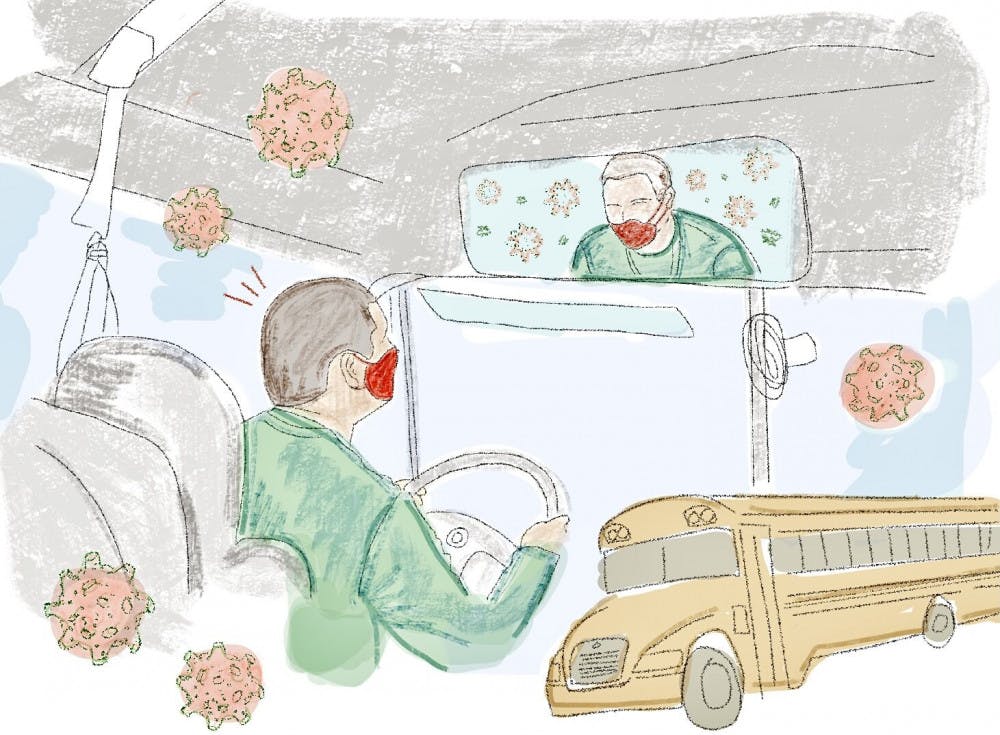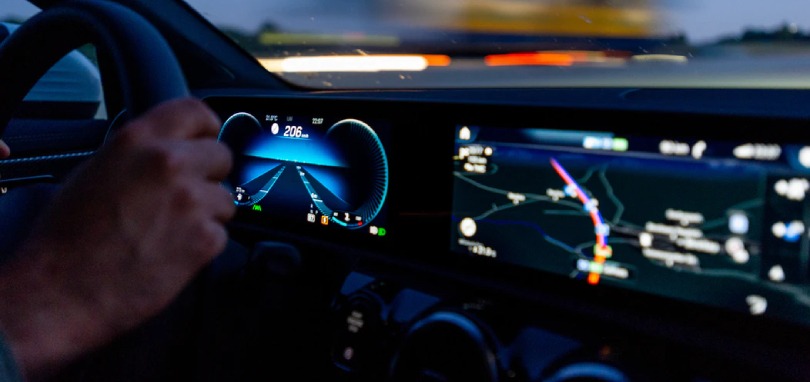
#Pruitt endangered public safety his drivers driver
"(b) The driver of a vehicle shall likewise come to a full stop in obedience to a stop sign and yield the right of way to a vehicle approaching on the intersecting highway *Īs required herein at an intersection where a stop sign is erected at one or more entrances thereto although not a part of a through highway." "(Vehicle Entering Through Highway or Stop Intersection.) (a) The driver of a vehicle shall come to a full stop as required by this Article at the entrance to a through highway and shall yield the right of way to other vehicles approaching on said through highway. Section 178 of Article 66 1/2 of the Maryland Code, as codified in Chapter 1007 of the Acts of 1943, provides: There can be no doubt that the erection of the stop sign made Baker Street a stop intersection, with all the attributes of a through highway, although the terms are not identical. The appellant contends that there was no legally sufficient evidence of negligence on the part of its driver, and that in any event the sole and proximate cause of the accident was the failure of the driver of the station wagon to yield the right of way. The Cab Company appealed to this Court, Blue did not appeal. The latter filed a motion for judgment n.o.v., which was refused. The jury found a verdict of $1,000 against both defendants, Victor Blue and the Cab Company. It was also agreed that there was no police officer directing traffic, and no traffic control signal in operation, at the intersection.Īt the conclusion of the testimony the appellant offered a demurrer prayer, which was refused. It was agreed by counsel for the respective parties that at the time of the accident there were signs on Pulaski Street, both north and south of Baker Street, reading "Stop Intersection," while on Baker Street, both east and west of Pulaski Street, there were signs reading "Slow, Dangerous Corner." All of these signs had been erected by the Police Department of Baltimore City. The station wagon continued on up Pulaski Street for a distance of two or three houses from the corner before it came to rest the taxicab remained in the intersection.

His left the collision would have been head on. He tried to stop and to avoid collision by turning to his right, but his left fender struck the station wagon about in the middle on its right side. At that time he had slowed down to 20 miles per hour. He testified that he looked to his right, then back to his left, when he saw the station wagon right in front of him, about 18 inches away. He testified that both streets were rather narrow, about 20 feet wide, and that there were no vehicles ahead of him. Hundertmark, a taxi driver, was proceeding west on Baker Street at a speed of from 20 to 25 miles per hour, about five feet from the righthand curb.


On the contrary he changed into high gear and proceeded without looking again.Īlbert C.

Both witnesses admitted that Blue did not stop at the intersection. As Blue approached the intersection of Pulaski and Baker Streets he slowed down but did not stop, although he saw a vehicle approaching on his right at a distance of about half a block, or at any rate not "at a distance enough to call it on top of you." Blue did not testify as to the speed of the approaching vehicle Pruitt did not see it at all, prior to the impact. Blue was proceeding north on Pulaski Street in clear dry weather, at about 4 o'clock in the afternoon, at a speed of from 20 to 25 miles per hour, according to Pruitt, or 5 to 10 miles per hour, according to Blue. On October 26, 1944, the appellee was a passenger for hire, or "rider," in a station wagon owned and operated by Victor Blue, his co-employee at the Bethlehem Fairfield Shipyard. The appeal in this case involves a question of liability for personal injuries caused by a collision of motor vehicles in Baltimore City at a stop intersection.


 0 kommentar(er)
0 kommentar(er)
